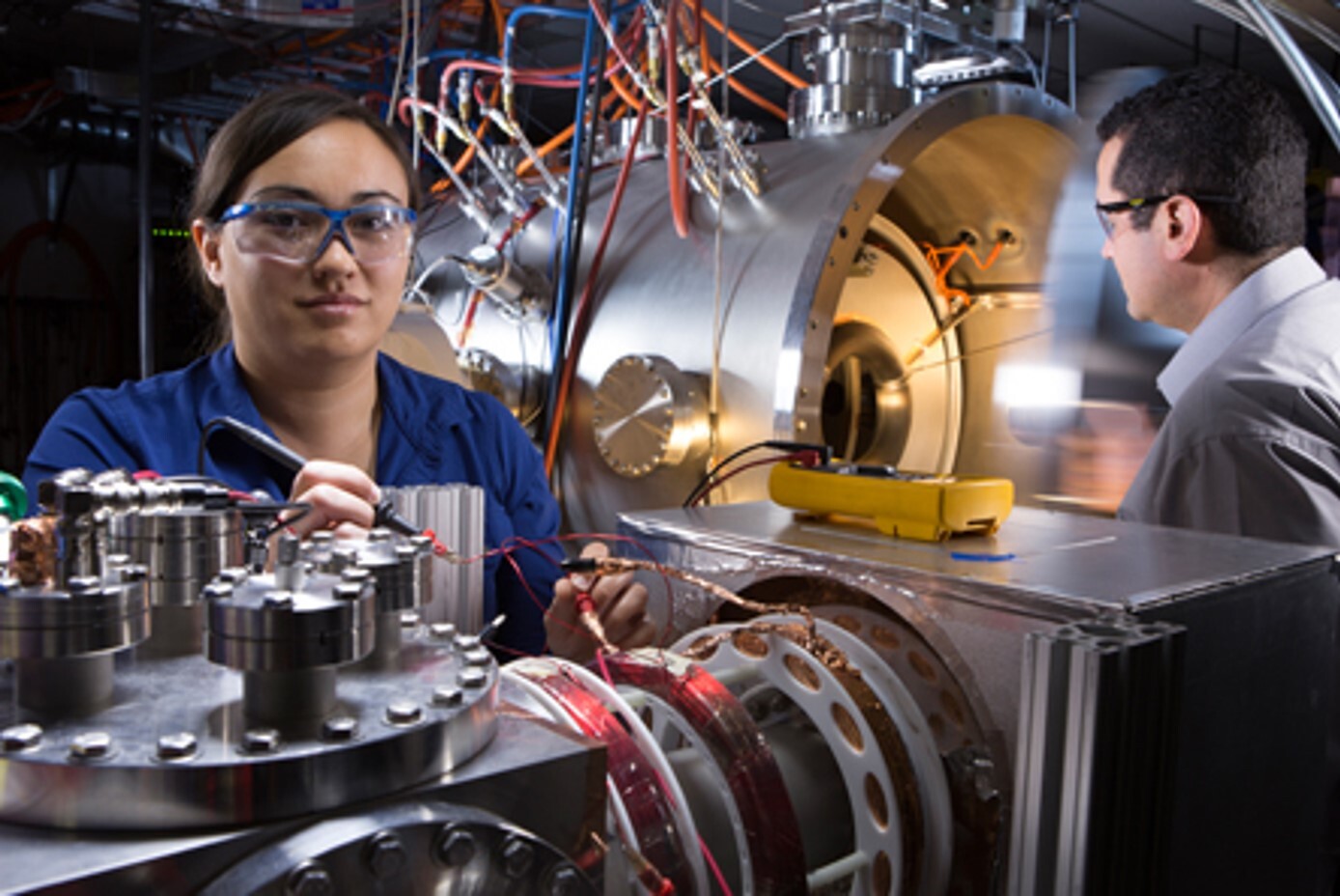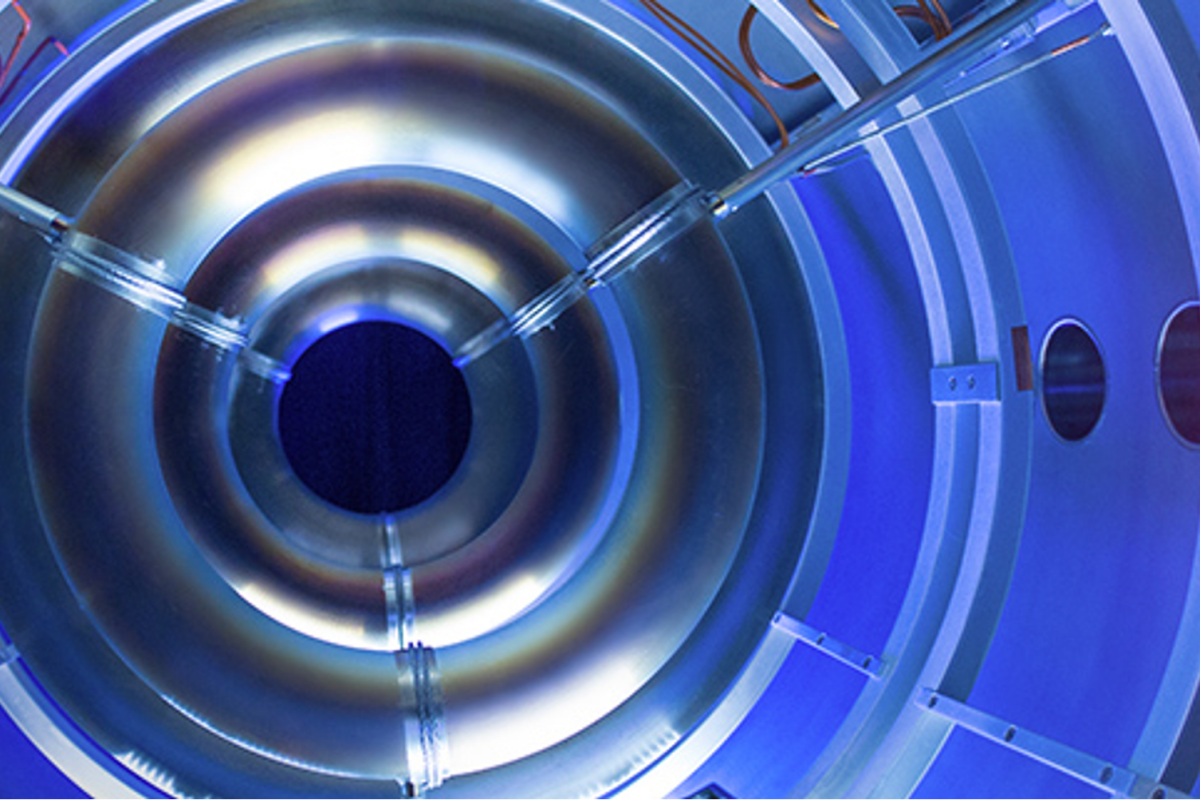Fusion reactors are a bit like buses; you wait forever for one, then two come along at once. No sooner does the University of Washington announce that it’s working on a breakthrough compact fusion reactor (CFR) than Lockheed Martin says that its Revolutionary Technology Programs unit, AKA the Skunk Works, in Palmdale, California has one that could be ready for market within ten years.
Fusion reactors with their ability to provide practically unlimited energy from an inexhaustible fuel source have seemed like the ultimate answer to mankind’s energy needs for over half a century. But the problem has always been how to produce a self-sustaining fusion reaction on Earth that generated more energy than was needed to produce it. So far, the most promising answer has been the ITER project, whose international backers believe it could be a major advance. But it isn't scheduled for completion until the late 2020s and won’t be fully operational until 2040 – not to mention the fact that the reactor is a massive, extremely expensive piece of engineering.
Lockheed’s CFR, known as the T4, has until now been something of a mystery, though the company did release some information about it last year. However, the wraps are coming off a bit and Aviation Week recently published an exclusive look at the design provided by Tom McGuire, compact fusion lead for the Skunk Works’ Revolutionary Technology Programs.

According to McGuire, the Lockheed CFR is about the size of a business-jet engine and burns a mixture of heavy hydrogen isotopes called deuterium and tritium for fuel. Under sufficient temperature and pressure, the ionized hydrogen atoms fuse together, forming helium 4 and releasing tremendous amounts of energy.
Instead of a torus, the Lockheed CFR uses a magnetic bottle with magnetic “cusps” at either end to contain the plasma with much tighter lines of magnetic force than ITER and a better curve to the field architecture. Superconducting coils generate a new magnetic-field geometry for the CFR based on a combination of properties from previous reactor designs, such as the Polywell reactor, which uses a negative charge to attract positive ions to increase collisions and hence the likelihood of fusion.
According to Lockheed, the problem with ITER is that it’s a Tokamak; a 500 MW reactor that uses large magnetic fields to form a small amount of hydrogen into a ring and heats it. It is certainly capable of generating a fusion reaction, but it’s restricted by what’s called the Beta limit. That is, the ratio of the ionized hydrogen plasma pressure in the torus to the magnetic pressure generated by ITER’s superconducting magnetic rings. You can think of the Beta limit as being like the strength of the rubber making up an inner tube, which for ITER is about a five percent ratio. If the plasma pressure exceeds this, it’s like overpumping the inner tube, and it bursts. Or in this case, the field collapses.

The Lockheed CFR’s plasma is trapped in one spot and instead of a static magnetic field trying to hold in plasma as it’s trying to push out with increasing force, the plasma sets up a feedback mechanism that makes the field stronger. According to Lockheed, this makes the Beta limit reach 100 percent and beyond. This means the reactor’s field is more stable, which means there’s less pressure, which means the CFR can generate as much power as ITER, but can be only a tenth of the size.
McGuire says that the advantages of the CFR’s design is that it’s much easier to build than massive reactors like ITER, and needs much less infrastructure. In addition, development is much more rapid because the smaller design means faster build and test cycles that take months instead of years.
Once the CFR reaches a practical stage, Lockheed sees the technology having a much wider range of applications than current nuclear power based on the fission of heavy elements, such as uranium and plutonium. The company says that a CFR is much cleaner; produces only short-lived, low-level wastes; carries no danger of weapons proliferation, and can even process its own hydrogen fuel on an as-needed basis.

Lockheed envisions the CFR as a way of refitting conventional gas turbine power plants by replacing their combustion chambers with heat exchangers linked to the reactor. According to the company, a complete 100 MW reactor would fit in a standard shipping container and run for years on less than 25 kg (55 lb) of fuel – and that such plants could be running in 15 years. These reactors would be portable in the same manner as the small reactors used on ships and submarines.
According to McGuire, compact reactors could not only solve energy problems, but they could also be used for large-scale desalination plants in drought-stricken regions, and could even be used to respark abandoned nuclear power applications. Back in the 1950s, the United States and the Soviet Union experimented with nuclear powered airplanes and the US even put a nuclear cargo freighter into service, but none of these efforts went anywhere. Due to their much greater safety, Lockheed sees future ships and planes being built that never need refueling thanks to CFRs, as well as spaceships capable of getting to Mars in a month.
Lockheed is currently seeking partners in the CFR enterprise as development proceeds. The Skunk Works is working on a prototype technology demonstrator version to show that the physics behind the design is sound. McGuire sees this coming on line in five years, followed by a production version five years after that.
The video below discusses the Lockheed CFR.
Source: Lockheed Martin








